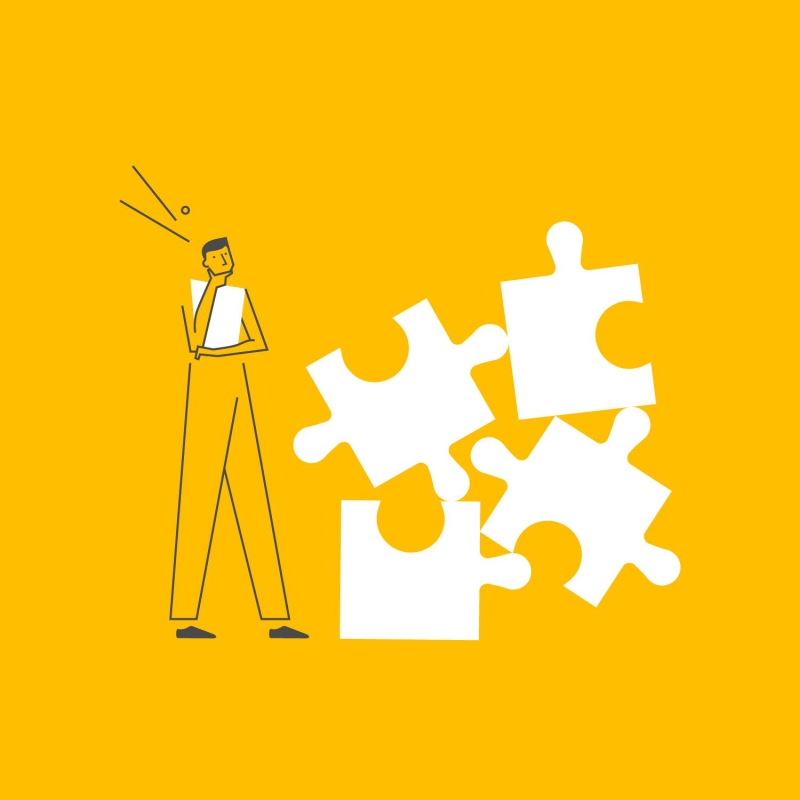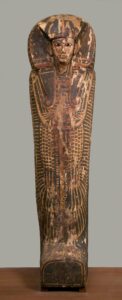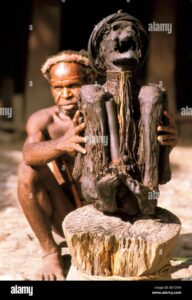
When you hear about ”, intrigue is an almost immediate response. The quest to understand our past, to peel back the layers of history and glimpse the epic tales that shaped humanity, is a pursuit that blends both science and art. It paints a vivid picture of civilizations lost, stories forgotten, and people whose lives and cultures have shaped our own.
This unraveling of ancient mysteries is not mere academic exercise, nor is it historical fact-checking. Instead, it’s akin to watching a classic film without subtitles – there’s beauty in the scenes and movement, but a longing to comprehend the dialogue. Fortunately, scholars and researchers worldwide are engaged in the fascinating work of interpreting these silent stories.
Finding the Hidden
Ancient texts, if discovered, give us unprecedented access into past civilizations. However, discovery is just one part of the process. The majority of the texts found are damaged, weathered, or encrypted, creating a significant barrier for study.
This calls for the need of experts in the field. Academics, historians, and linguists come together to form a dedicated team focused on overcoming these barriers. Only through their determined persistence can these hidden texts be read again, enlightening us with knowledge unseen for centuries.
The Art of Decoding
Decoding ancient texts is an art. It requires a deep understanding of linguistics, culture, history, and sometimes even the ability to decipher codes and riddles. But how exactly does this process work?
Experts start with what they know. Using known languages, cultures, and traditions as a baseline, they trace the elements of the unknowns. It is rigorous work, demanding both creativity and precision. Each text gradually starts revealing its unique patterns, and over time, these patterns form a decipherable language. The feeling of understanding something that was once deemed incomprehensible is profound – it’s like finding a key to a vault hidden in plain sight.
Ancient Texts: Our Ancestry Storytellers
The study of ancient texts can transport us to places, times, and cultures beyond our understanding. They offer us insight and perspective on civilizations that humanity has forgotten and, in many ways, are still trying to comprehend.
Ancient Egyptian hieroglyphics, for instance, unveiled the powerful civilization’s practices and beliefs, bearing witness to their fascination with death and the afterlife. The Cuneiform texts of Ancient Mesopotamia, discovered in the 19th century, gave us a glimpse into what is often dubbed as “the cradle of civilization”.
A Never-Ending Quest
Despite the efforts and successes of the past centuries, many ancient texts are yet to be decoded. These undeciphered scripts like the Voynich Manuscript or the Rongorongo text of Easter Island continue to baffle scholars.
Regardless of the challenges, the search for understanding continues. Decoding ancient history’s hidden texts remains a quest that captivates the minds of scholars, historians, and the generally curious. For each deciphered text opens a doorway into our past, spotlighting our history, culture, achievements, failures, and above all, our shared humanity.
With each word, symbol, or character interpreted, the power and richness of humanity’s shared heritage come alive, demonstrating the vital importance of this ongoing work. After all, it is by knowing our past that we can truly comprehend our present and anticipate our future.





